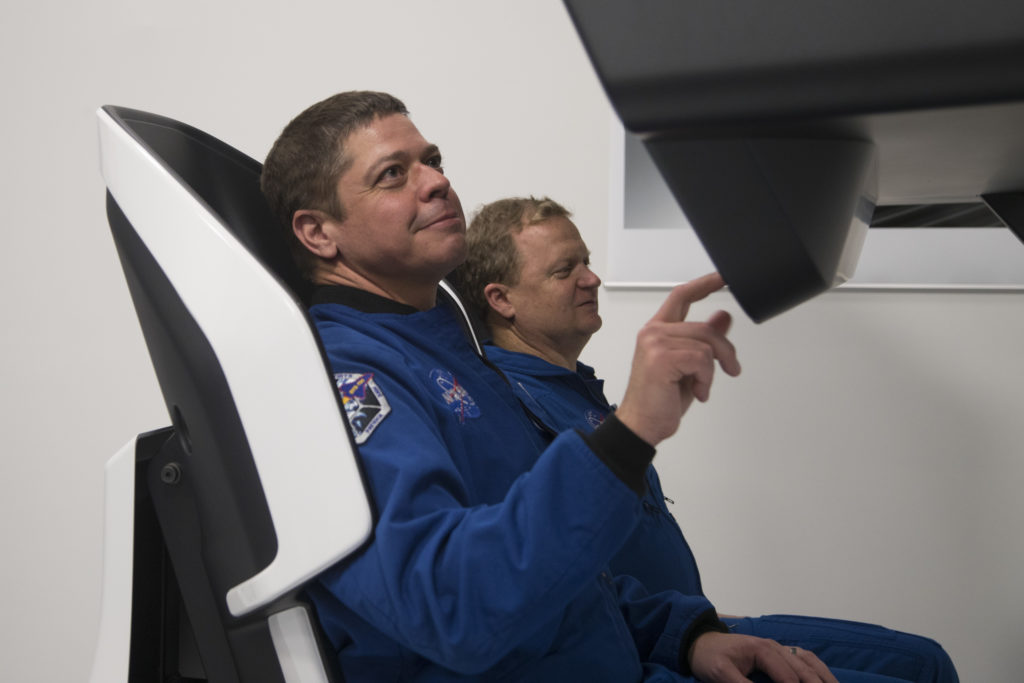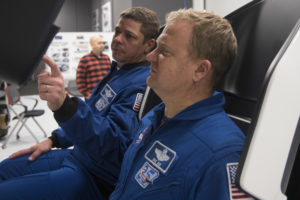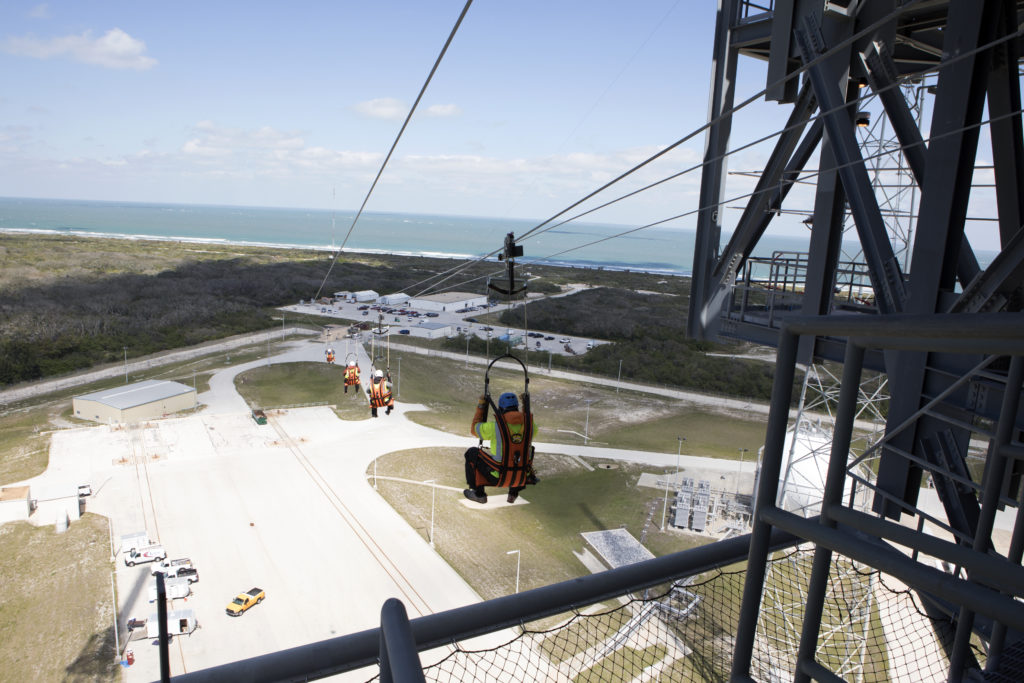
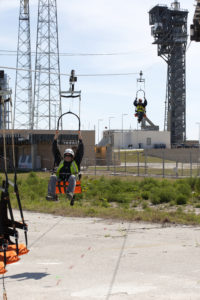
Engineers tested a new slide wire emergency escape system at Space Launch Complex 41 as United Launch Alliance continues to modify the pad for upcoming launches of Boeing’s CST-100 Starliner spacecraft aboard ULA’s Atlas V rockets on missions to and from the International Space Station.
There are seats in place on four wires so up to 20 astronauts and ground support personnel can quickly get down from the tower in case a dangerous situation develops during the countdown. The system has been designed with the astronauts’ suit in mind, including making the seats easier to get into and the handles that control speed on the way down easy to operate.
The crew access tower is new to the launch complex, which has hosted uncrewed spacecraft and rockets for years. The egress system is located on the same level as the crew access arm, which provides the connection for astronauts to enter the Starliner spacecraft on top of the Atlas V rocket. It is the first new emergency evacuation system that has been installed at the Florida spaceport since the slide wire baskets used during the Space Shuttle Program.
Apollo missions had similar escape systems in place on its launch towers. The systems have never been needed in an emergency, but are required in case a condition develops before launch that prohibits those on the tower from taking the elevator down to safety. See our photos of the new system on Commercial Crew Program’s Flickr album at https://go.nasa.gov/1EVPaCG Photo credit: NASA/Leif Heimbold









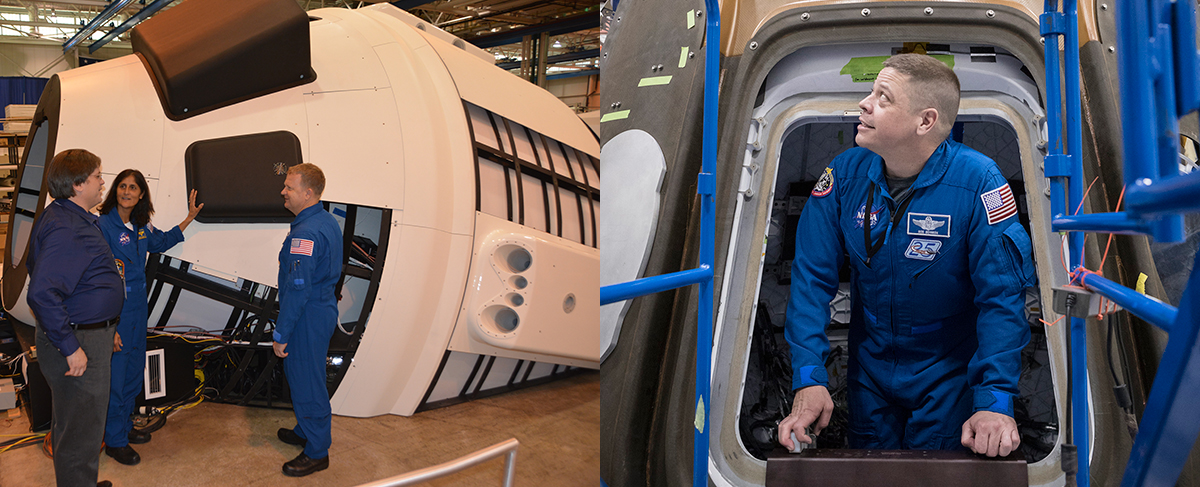 Veteran astronaut Bob Behnken is discussing NASA’s Commercial Crew Program development and training during an interview on NASA TV. Behnken is one of four NASA astronauts training for flight tests for the Commercial Crew Program. Boeing and SpaceX are working closely with NASA to build a new generation of human-rated spacecraft capable of flying astronauts to the International Space Station in order to return America’s capability to launch its astronauts from its own soil and to enhance research on the unique orbiting laboratory. Along with Behnken, astronauts Eric Boe, Doug Hurley and Suni Williams are training with Boeing and SpaceX for missions aboard spacecraft and launch systems that each company is building and will operate.
Veteran astronaut Bob Behnken is discussing NASA’s Commercial Crew Program development and training during an interview on NASA TV. Behnken is one of four NASA astronauts training for flight tests for the Commercial Crew Program. Boeing and SpaceX are working closely with NASA to build a new generation of human-rated spacecraft capable of flying astronauts to the International Space Station in order to return America’s capability to launch its astronauts from its own soil and to enhance research on the unique orbiting laboratory. Along with Behnken, astronauts Eric Boe, Doug Hurley and Suni Williams are training with Boeing and SpaceX for missions aboard spacecraft and launch systems that each company is building and will operate.
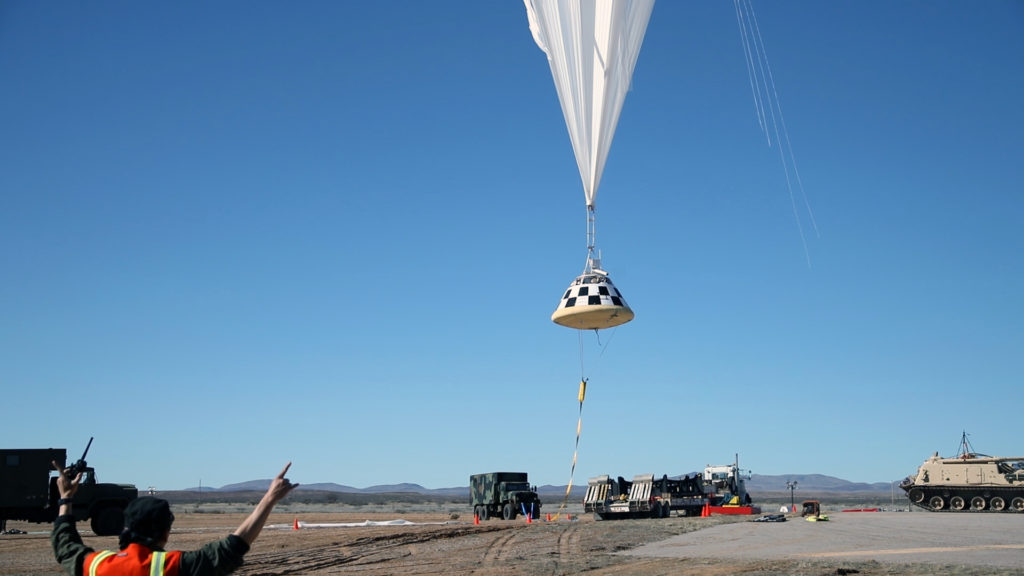
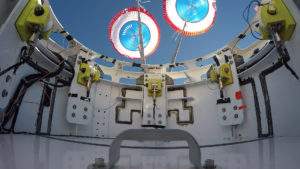 A flight-sized boilerplate of Boeing’s CST-100 Starliner touched down gently under parachutes against the backdrop of the San Andres Mountains in late February, providing a preview of how the spacecraft will return to Earth in upcoming NASA missions. Boeing is developing the Starliner to take astronauts to and from the International Space Station in partnership with NASA’s
A flight-sized boilerplate of Boeing’s CST-100 Starliner touched down gently under parachutes against the backdrop of the San Andres Mountains in late February, providing a preview of how the spacecraft will return to Earth in upcoming NASA missions. Boeing is developing the Starliner to take astronauts to and from the International Space Station in partnership with NASA’s 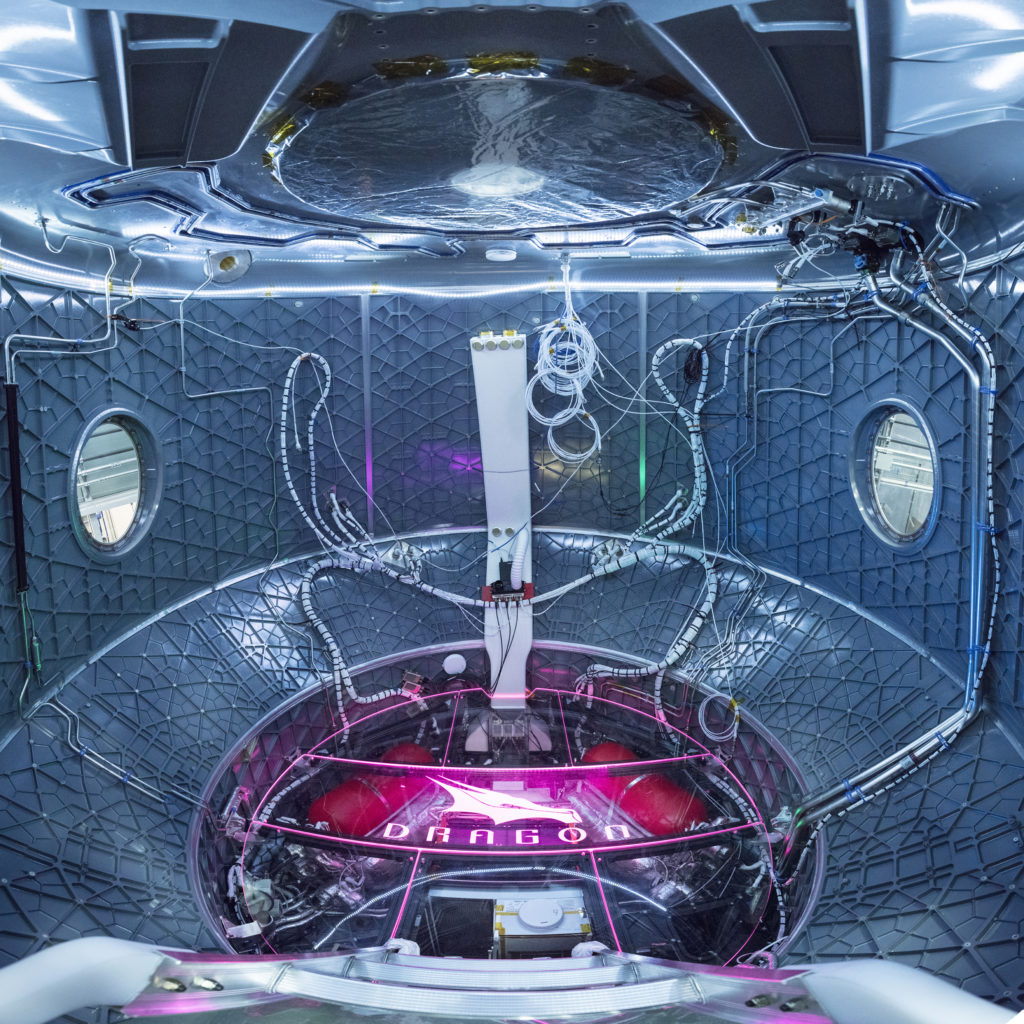
 The Environmental Control and Life Support System of a spacecraft provides astronauts with breathing air and handles everything from temperature regulation to removing carbon dioxide as astronauts breathe.
The Environmental Control and Life Support System of a spacecraft provides astronauts with breathing air and handles everything from temperature regulation to removing carbon dioxide as astronauts breathe.
